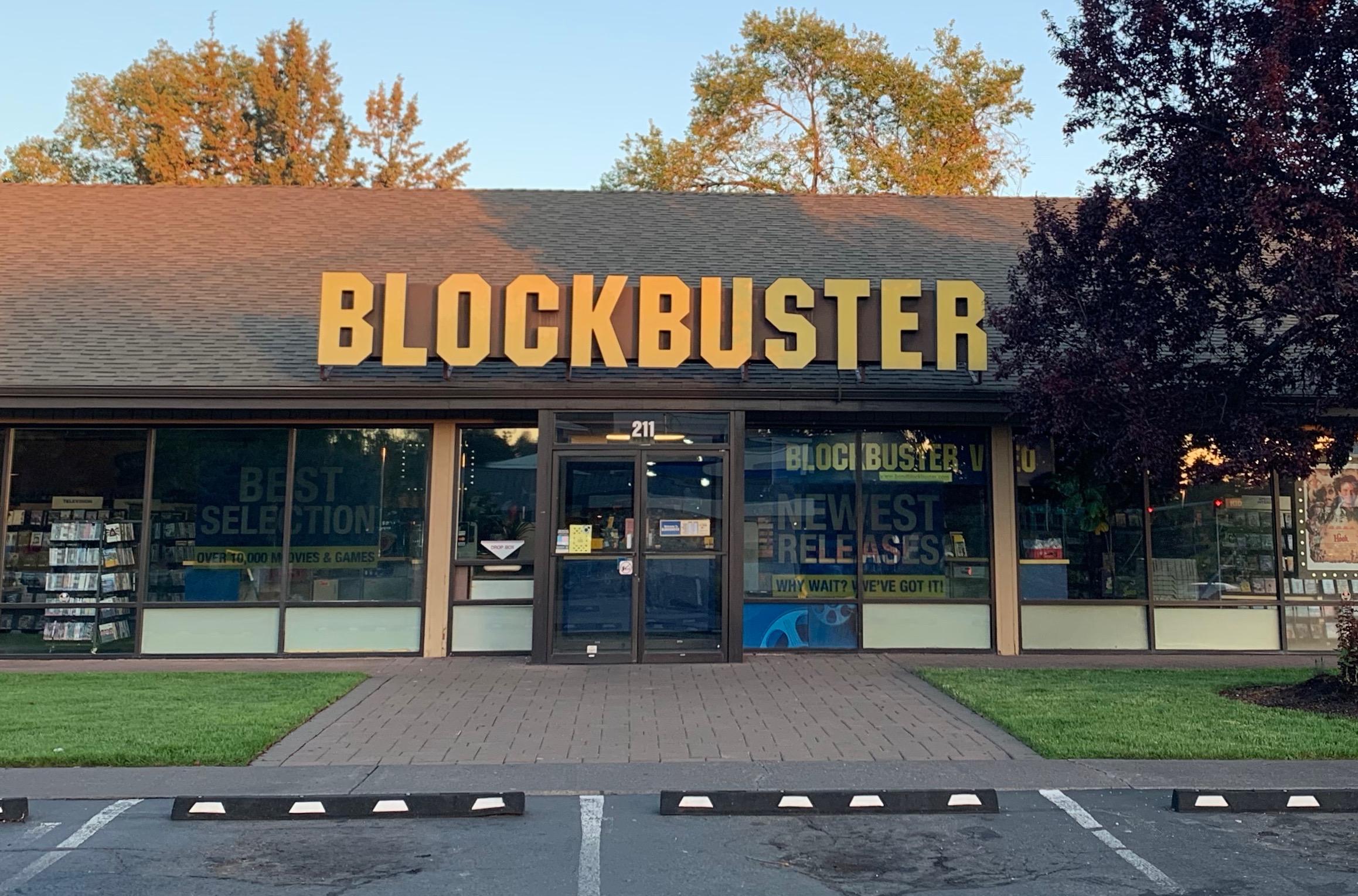In the ever-evolving landscape of the film industry, the dichotomy between big-budget blockbusters and small indie films has sparked an ongoing debate among filmmakers, critics, and audiences alike. As major studios increasingly funnel resources into producing and marketing high-grossing spectacles, questions arise about the implications for independent cinema. Are these colossal productions overshadowing and stifling the creative opportunities available to indie filmmakers, or do they coexist within a symbiotic ecosystem that ultimately benefits the industry as a whole? This article delves into the complexities of this issue, examining market dynamics, distribution challenges, and the shifting preferences of global audiences to uncover whether the rise of blockbusters is indeed at the expense of indie films or if both can thrive in a diverse cinematic environment.
Impact of Major Studio Releases on Indie Film Visibility
In the ever-evolving landscape of cinema, the release of major studio blockbusters often generates a seismic shift in the visibility and accessibility of indie films. These high-budget productions, with their extensive marketing campaigns and broad distribution networks, tend to dominate the box office and consumer attention. This can lead to several challenges for independent filmmakers:
- Screen Space Competition: Blockbusters often occupy the majority of screens in multiplexes, leaving limited space for indie films. This reduced availability can hinder the exposure of smaller productions, making it difficult for them to reach a broader audience.
- Marketing Overload: With massive promotional budgets, major studios can saturate the market with advertisements. This marketing blitz can overshadow the efforts of indie films, which typically operate with significantly smaller promotional resources.
- Audience Expectations: The high production values and star power associated with blockbusters set certain expectations among audiences, potentially skewing their perceptions and appreciation of the unique storytelling and creativity often found in indie films.
Despite these challenges, the indie film sector remains resilient, continually finding innovative ways to capture attention. From leveraging social media platforms for grassroots marketing to capitalizing on niche streaming services, independent filmmakers persistently adapt to the shifting dynamics of the film industry. This adaptability underscores the enduring appeal and significance of indie films, even in the shadow of cinematic giants.
Market Dynamics and Distribution Challenges for Independent Filmmakers
In the competitive landscape of cinema, independent filmmakers often face a series of unique challenges, particularly when it comes to market dynamics and distribution. Major studios with blockbuster films tend to dominate the box office, not only capturing the lion’s share of revenue but also occupying the majority of available screening slots. This monopolization can significantly limit the visibility and accessibility of indie films. For an independent filmmaker, navigating this environment means contending with:
- Limited Screening Opportunities: With multiplexes prioritizing high-grossing blockbusters, indie films often struggle to secure prime screening times or even a spot in theaters.
- Budget Constraints: Indie filmmakers generally operate with tighter budgets, affecting their ability to market their films effectively compared to the extensive campaigns of blockbuster releases.
- Audience Reach: The pervasive marketing and expansive distribution networks of major studios create a substantial gap in audience reach between indie films and blockbusters.
These challenges necessitate innovative strategies for independent filmmakers. Many are turning to digital platforms and film festivals as alternative avenues for distribution and audience engagement. By leveraging the power of social media and online communities, indie filmmakers can cultivate niche audiences and foster a more personalized connection with viewers, offering a counterbalance to the blockbuster behemoths. While the market dynamics are undeniably skewed, the creative agility of independent filmmakers continues to carve out new paths in the industry.
 Film Festivals in Promoting Indie Cinema”>
Film Festivals in Promoting Indie Cinema”>
Exploring the Role of Film Festivals in Promoting Indie Cinema
Film festivals have long been a bastion for the discovery and celebration of independent cinema, providing a vital platform for small indie films to gain visibility. These festivals serve as a critical counterbalance to the dominance of mainstream blockbusters, offering a space where unique voices and innovative storytelling can flourish. Through curated screenings, panel discussions, and networking events, filmmakers are given the opportunity to showcase their work to an audience that appreciates the art of cinema beyond commercial success. This exposure often leads to distribution deals, media coverage, and, crucially, word-of-mouth buzz that can propel an indie film into the public consciousness.
Despite their importance, the influence of film festivals is not without challenges. The sheer volume of blockbuster marketing budgets can overshadow even the most acclaimed indie films. Indie filmmakers often face hurdles such as limited resources for marketing and distribution, which can be compounded by the competitive nature of film festivals themselves. Nevertheless, festivals remain a beacon of hope for indie filmmakers, championing diverse narratives and nurturing the next generation of filmmakers. The role of these festivals is not just to promote indie films, but to foster a community that values and supports independent voices in the cinematic landscape.
- Visibility and Exposure: Film festivals provide indie films with much-needed attention.
- Networking Opportunities: Festivals offer a platform for filmmakers to connect with industry professionals.
- Cultural Impact: They celebrate diverse stories that might otherwise be overlooked.

Strategies for Indie Films to Compete in a Blockbuster-Driven Market
In a market dominated by high-budget films, indie filmmakers must employ creative strategies to carve out a niche for themselves. One effective approach is to leverage the power of digital platforms. Streaming services and online film festivals provide an accessible avenue for indie films to reach a global audience without the prohibitive costs associated with traditional theatrical releases. Furthermore, maintaining a strong online presence through social media marketing can generate buzz and attract a dedicated following, effectively democratizing film promotion.
- Focus on Unique Storytelling: Indie films can capitalize on narratives that big studios might overlook, offering fresh perspectives and untold stories.
- Collaborate with Other Creators: By forming alliances with fellow indie artists, filmmakers can pool resources, share audiences, and increase visibility.
- Embrace Innovative Distribution Models: Experimenting with pay-per-view, crowdfunding, and other non-traditional models can provide financial support and audience engagement.
By adopting these strategies, indie films can thrive alongside blockbusters, capturing the interest of audiences seeking diversity in their viewing options.
The Conclusion
the debate over whether blockbusters are detracting from the opportunities available to small indie films is multifaceted and complex. While it is evident that major studio productions command significant market share and consumer attention, it is equally clear that independent films continue to carve out their own space through innovative distribution methods and niche audience engagement. The rise of streaming platforms and digital distribution has offered new avenues for indie films to reach audiences, albeit amidst fierce competition. As the industry evolves, the coexistence of blockbusters and indie films will likely continue to shape the cinematic landscape, with each offering unique contributions to the art and business of filmmaking. Ultimately, the future may lie in a balanced ecosystem where diverse storytelling thrives, supported by both large-scale productions and independent ventures.







































